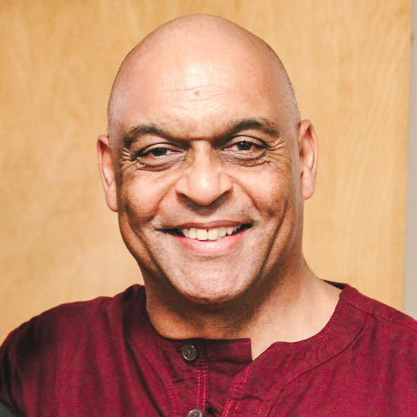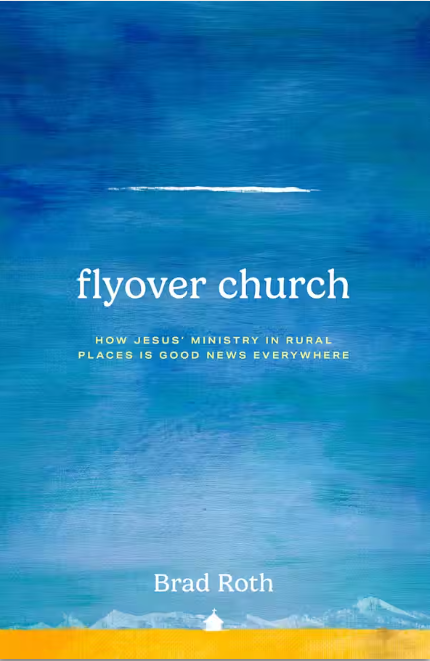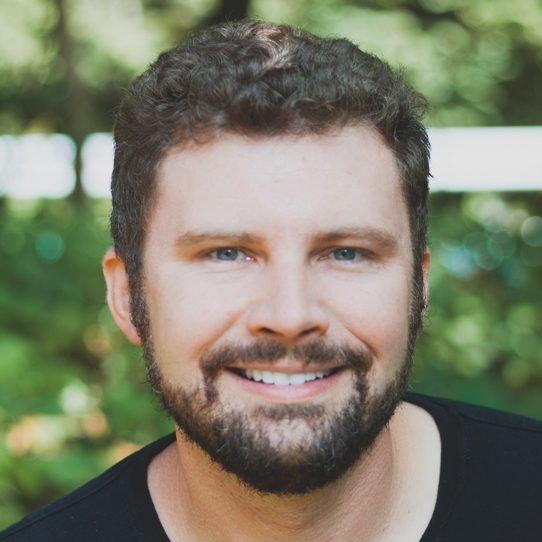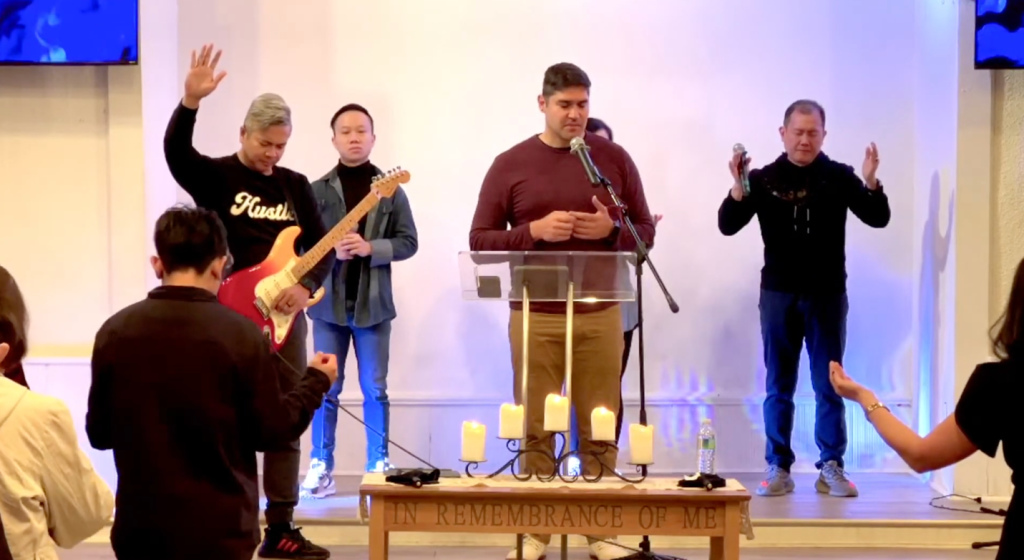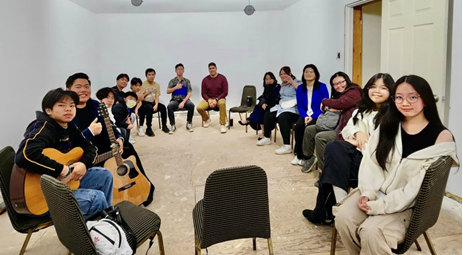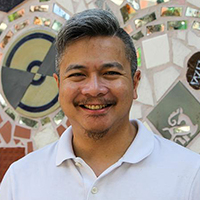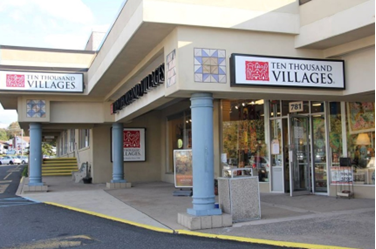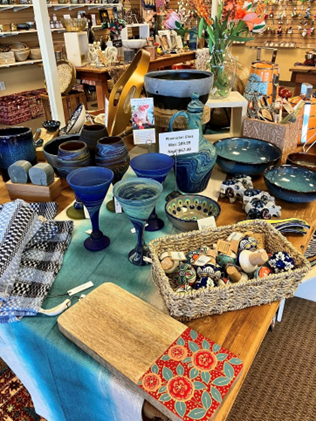by Jennifer Svetlik
Healthy, vibrant Mosaic congregations are shaped into the image of Jesus (our formational priority), transformed by relationships with others (our intercultural priority), and engaged in the healing of our world (our missional priority). Vibrant Mosaic, which provides congregations and their leaders with opportunities to increase congregational health, build common mission, and foster community by integrating conference priorities into church life, has announced the first Learning Community cohort of five congregations: Ambler (PA) Mennonite, Blooming Glen (PA) Mennonite, Encuentro de Renovación (Miami, FL), Faith Chapel (Los Angeles, CA), and Peña de Horeb (Philadelphia, PA).
Four leaders from each congregation will gather in person and virtually throughout 2025 for learning, spiritual practices, and deepening mutual relationships. The cohort will build resilience, common mission, and a sense of belonging as they participate in two intensive classes with the support of Learning Community Coaches, who will help the leaders to integrate their training and experiences into the life and ministry of their congregations.
“It’s exciting to see Vibrant Mosaic coming to life after nearly two years of planning,” shared Vibrant Mosaic Co-Director Emily Ralph Servant. “In a world divided by conflict and distrust, it feels holy to create an environment for discipleship and building friendships among individuals and congregations who wouldn’t otherwise find themselves in the same space.”
The cohort was selected seeking to balance congregational size, geography, language, culture, and existing relationships. Noel Santiago (Leadership Minister for Mission) and Josué Gonzales (Resplandece Mennonite) will serve as Spanish-English translators and facilitators.
“English and Spanish are the top two spoken languages within the conference. We have multiple Spanish-speaking staff members and a growing number of Spanish-speaking congregations, so for this reason we chose Spanish and English for the languages in our first cohort,” shared Vibrant Mosaic Co-Director Danilo Sanchez.
“It is a way to honor our current reality and help us live into our identity as Mosaic.” There are plans for the second cohort to be in Indonesian and English.
In late February, the cohort will take the Introduction to Mosaic Conference course, led by Rose Bender Cook (Leadership Minister for Formation) and Jordan Luther (Methacton [PA] Mennonite). This course provides opportunities for each participant to explore their own pathway to Anabaptism in conversation with communal stories from Mennonite tradition and conference history.
The students will visit churches and historical sites in southeastern Pennsylvania and learn about the spiritual discipline of rest and sabbath. They will also learn about church polity and how the church has traditionally made decisions about theology and practice.
Though the courses within Vibrant Mosaic are similar to what has been previously offered through Mosaic Institute, the curriculum has been rewritten for congregations, rather than credentialed leaders, as the primary audience, and to include more intercultural content, teaching techniques, and the contextualization of learnings, with the support of Eric Law of the Kaleidoscope Institute.
This summer, the cohort will gather in Miami, FL for the Building Mosaic Relationships (intercultural) Course. The cohort will also periodically meet to explore how to integrate their learnings and experiences into their congregational life.
In the second half of the year, participants will lead their congregation in a process of naming an area of growth and, in conversation with their coach, learning community, and Leadership Minister, develop a learning plan for congregational growth. The congregational project may include external resourcing, programming, or events that can be underwritten by a grant of up to a total of $5,000 per congregation.
The cohort has enrolled in a one-year formation process with the option to re-enroll for a second year to complete the program.
“Vibrant Mosaic will allow our congregations to learn together, to explore together, and to build relationships across our geography and within our breadth of diversity from coast to coast,” shared Executive Minister Stephen Kriss.
“This supports our strategic plan work of building leaders, relationships, and shared identity as Mosaic communities. I continue to be grateful for this work to help us fully embody our vision and mission together.”
In addition to the learning communities and congregational experiments, the third component of the Vibrant Mosaic Program is support specifically for Leaders of Color. In addition to the annual Renewing Nations and Generations gathering that takes place before the annual Conference Assembly, an extended retreat opportunity will be offered for leaders of the Global Majority every other year.
The first of these retreats will be held May 29-June 1, 2025, in Tampa, Florida. The extended time together will allow BIPOC leaders to build relationships, receive resourcing, and cast vision for their congregations in a restful space. In addition to Vibrant Mosaic’s funding from the Lilly Endowment, Inc., funding for these retreats is provided through a charitable distribution from the Schowalter Foundation.
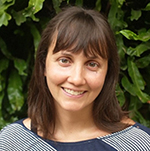
Jennifer Svetlik
Jennifer is Editor & Development Coordinator for Mosaic. She grew up near Houston, TX and spent a decade living in intentional community in Washington DC, before moving to Lansdale, PA with her spouse, Sheldon Good. She is a graduate of the University of Texas and Washington Theological Seminary. She serves as Children’s Faith Formation Director at Salford Mennonite (Harleysville, PA). Jenn has two elementary-school-aged children and loves biking, camping, gardening, and vermicomposting with her family.

